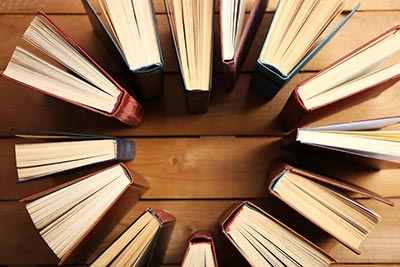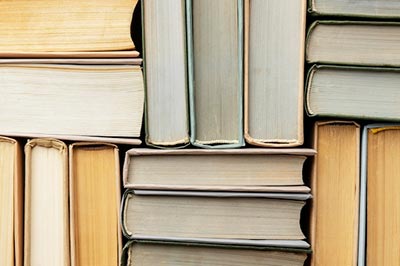
 Books about tango are doors that open onto a universe rich in history, passion and culture. Each volume is an invitation to explore not only the steps and melodies of this fascinating dance, but also the stories, characters and emotions that animate it.
Books about tango are doors that open onto a universe rich in history, passion and culture. Each volume is an invitation to explore not only the steps and melodies of this fascinating dance, but also the stories, characters and emotions that animate it.|
|
Leafing through the pages of these books on tango, you discover that tango is much more than a simple dance: it is a universal language capable of expressing joy, pain, love and nostalgia. The life stories of great composers, such as Astor Piazzolla and Carlos Gardel, intertwine with the chronicles of the milongas, the clubs where tango comes to life every night, and with the testimonies of the dancers who dedicate their existence to perfecting the art of this dance. In these books on tango, many authors also offer practical guides for those who want to learn to dance tango, with advice on technique, posture and improvisation. |
 But books about tango are not limited to dance: they also explore the connections between tango and other art forms, such as literature, film and painting, revealing a cultural influence that goes far beyond the dance floor.
But books about tango are not limited to dance: they also explore the connections between tango and other art forms, such as literature, film and painting, revealing a cultural influence that goes far beyond the dance floor.|
|
Tango in Literature: A Journey Through Music, Culture and WordsTango, born in the suburbs of Buenos Aires and Montevideo in the late 19th century, is an art form that has transcended its humble origins to become one of the most recognizable and representative cultural expressions of Argentina and Uruguay. But tango is not just a sensual dance or a melancholic music; it is also a powerful symbol that has crossed and inspired literature in various ways. From its origins as popular music with an urban theme, tango has entered fiction, poetry and even critical essays, influencing authors and poets and becoming a central theme in many works. |
Dancing Tango in Rome |
Discover the Tango Allegria event closest to you.
|
Our Community |
Join our group and make new friends around the world. |
|
Seguici su
|
Tango and not only Tango |
Discover new passions organised by our Tango friends. |
Are you looking for a unique and unforgettable experience for your holidays? Tango holidays could be the perfect answer for you! Tango is a passionate and engaging dance, with tango holidays you can fully immerse yourself in the fascinating world of Argentine tango while enjoying a relaxing break. Whether you are a beginner or an expert dancer, our tango holidays are suitable for all levels because they are characterized by a sociable and relaxed environment. Plan your next tango holidays with us and make your break unforgettable with Tango Allegria's Tango Holidays!